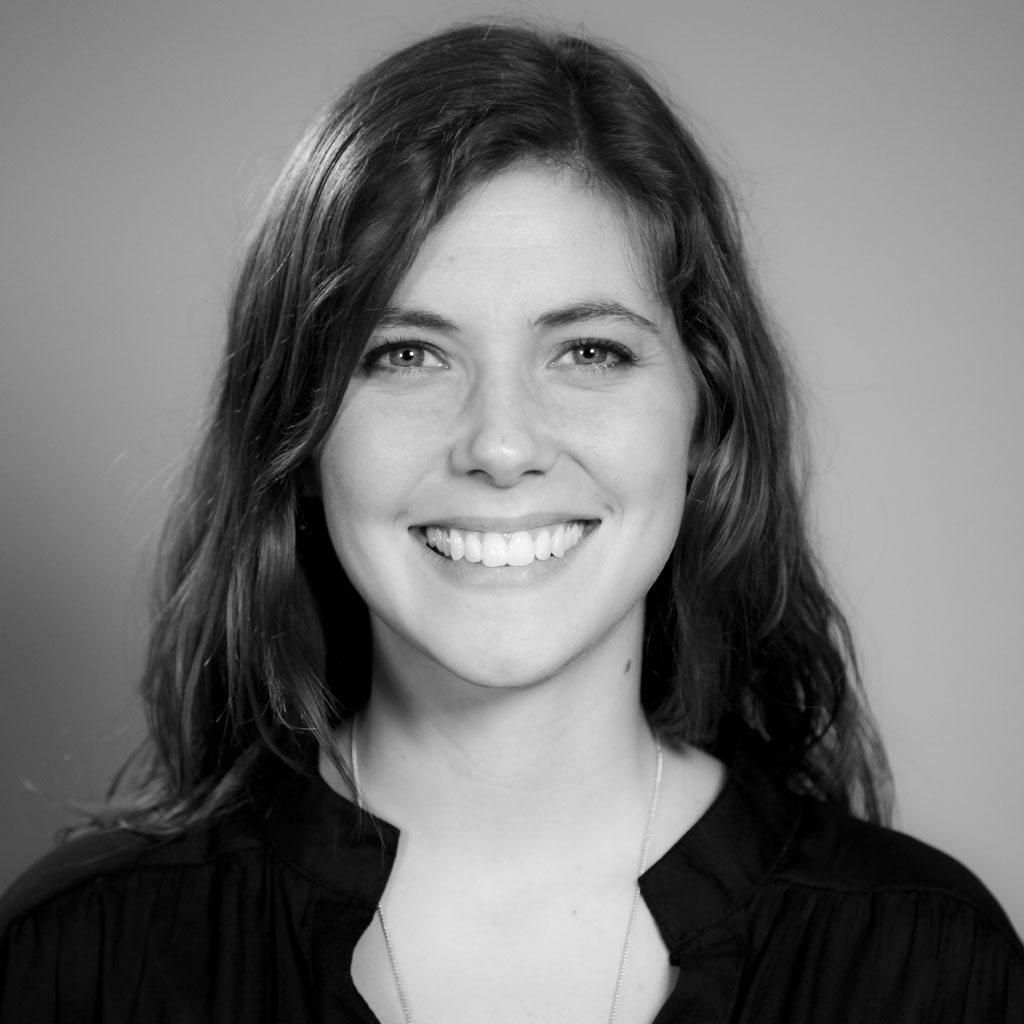by Anne Rørbæk Olesen
1, 2, 3, 4, 5, 6, 7… Part of my morning ritual at HCDE was to count the steps until I reached the fourth floor at Sieg Hall. I spent three great months at the CSC lab, February to May 2014, and each day I climbed those stairs, it felt as if I got one step closer to heaven (aka.  finishing my PhD and grasping what research is all about).
finishing my PhD and grasping what research is all about).
I visited the CSC lab as part of my third and last year of my PhD work. In Denmark, where I’m from, it is obligatory to spend some time in another research environment. I chose to visit the CSC lab, because I wanted to discuss my research with Charlotte Lee, the director of the lab. Charlotte did a PhD dissertation with high importance for my research on collaborative design in a museum context. In my research, I focus on how museums and design companies collaborate in designing digital museum communication. While I was at HCDE, I worked on refining that focus and started analyzing and writing about my data more thoroughly. It turned out to be a brilliant opportunity to get new and invaluable feedback. Also, I got a unique peek into another research system than the one operating at my home university, Roskilde University (www.ruc.dk/en), by participating in weekly research group meetings and chatting with the members of the group.
So, what did I learn about research? Well, I certainly learned that approaches to, conditions for and systems surrounding research can be very different. For instance, it seems to me as if the academic system in USA is more fluent than in Denmark. In Denmark, you normally need a bachelor’s degree (three years) and a master’s degree (two years) before you can apply for a PhD position. If you get a PhD position, you have three years to do your research and complete your dissertation (one of these years goes to teaching and course work). In the American system, there seems to be much more fluidity between being an undergraduate, a graduate, a PhD student, doing research and completing a dissertation. This was evident for me at the CSC lab in the way people on different educational levels collaborated on research projects and article writing. Collaboration seemed to be the epicenter, all activities structured around it, linking educational levels in a very fluid way. At my Danish research center, DREAM (www.dream.dk/en), we also do collaborative research projects, but on a much smaller scale and only between PhD students and more senior researchers or industry partners. Hence, I learned (and am learning) to do research in a rather independent way giving me freedom, yet solitude in walking the stairs towards ‘research heaven’.
I don’t favor any of these systems, but I see various pros and cons for different approaches within them, and these approaches, of course, also varies greatly within fields, countries, universities, departments and so on. However, I find it fascinating that the end result is largely expected to be the same and valued by the same criteria. That these differences in approaches to, conditions for and systems surrounding research co-exist is certainly worth reflecting on, something I started doing much more because I was confronted with them.
Being home, I particularly miss three things from the lab: I miss the lively discussions at the research group meetings, be it about auto-ethnography, Barley & Kunda, qualitative ‘stones’ or worms in coffee. I miss the great decorations in the lab space (I hope that you some day will turn on the disco ball and throw a party for those ducks, they deserve it!). And I miss all of you part of the lab, of course. Thanks for being so welcoming and up for discussions, museum visits and a lot of fun with the crazy Dane.
Anne Rørbæk is a PhD student from Roskilde University in Denmark, Department of Communication, Business and Information Technologies. She is also part of a Danish research center called DREAM. Anne visited CSC Lab from February through April of 2014.

